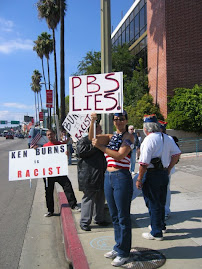
Image: Los Angeles Times
Twice, on my way home from the gym last winter, around 6:15am, I noticed a tractor in a strawberry field that surrounds Oxnard High School. The headlights cut through the dark, the tanks contained some chemical, and its extended arms sprayed a mist. The driver donned a full protective suit.
As I drove by on Gonzales Road both times, I considered how the aerosol of the fumigant would affect, immediately or deferred, high schoolers that walked to campus within the next hour.
And as I started my morning constitutional around the perimeter of my workplace, California State University Channel Islands, this past week another tractor blanketed the crops (perhaps cabbage, who knows) off Potrero Road with some substance. This time, the driver did not wear a white panoply or respirator. So I worried about this person’s well-being, the students that resided in the dorms across the street and mine as I walked away faster.
The scene of crop spraying is common on the Oxnard Plain that encompasses the communities of Ventura, Oxnard, Somis, and Camarillo. In this rurban (not completely rural or urban) corridor, the business of agribusiness is in open view. Petrochemicals are part of the air we breathe, especially for fieldworkers. They are the most vulnerable. That is a central reason why strawberry pickers are covered and masked in clothing from head to toe, even during the hottest of days.
This leads me to ask, what is being sprayed on our food? How do such chemicals affect the health and well-being of farmworkers? Can such spraying take place earlier in the morning or later in evening so that farmworkers and our children will not be as exposed? Perhaps, non-profit, private, and government agencies can effectively provide the public with answers?
Con Safos
fpb


No comments:
Post a Comment